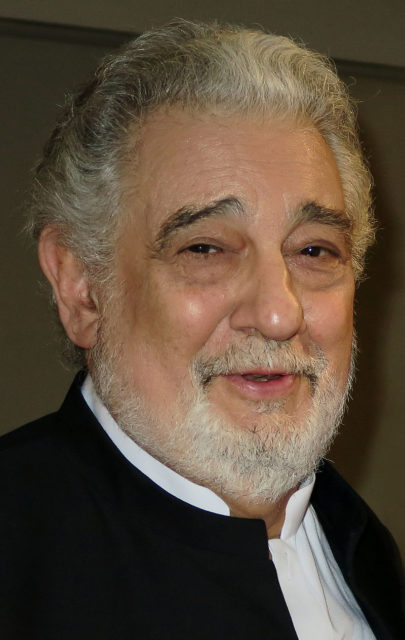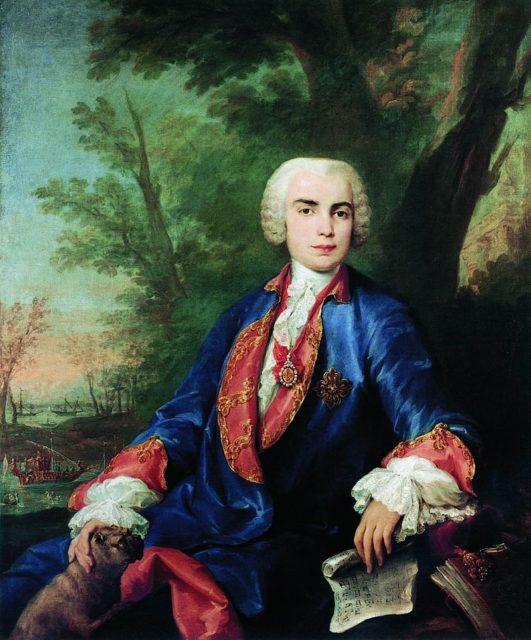Hitting a perfect high note without straining your voice is what every vocalist dreams of. While this might look easy for tenors such as Jose Carreras or Placido Domingo, there are many others struggling with the high notes.
There is no doubt that it is impossible for anyone to increase his or her voice range overnight and it is safe to say that becoming a proficient singer, one who could easily travel from high to low notes at will, requires years of practice, focus, dedication, and many sacrifices.
We’ve all heard many bizarre stories about the sacrifices made by different artists for the sake of their art and what we’ve learned so far is that art is not something for the weak willed or the comfort chasers. However, not many artists have gone as far as the castrati, who made an irreversible sacrifice with the goal of keeping their voice at a higher pitch.

Castration has been practiced since ancient times–many powerful rulers would castrate the slaves who worked in their harems. But beginning with the 16th century, castration became the ultimate sacrifice for music, making it possible for many men to preserve their high and pure, youthful voices.
Even though the Catholic Church officially disapproved of the removal of organs except to save a person’s life, in the 16th century it would seem that the Vatican encouraged the castration of choir boys. Certainly, from 1599, many castrati singers were admitted into the papal choir. Several decades later, when Pope Innocent XI banned women from appearing on stage, castrati were also recruited in many opera houses throughout Europe, with some of them becoming as famous and rich as modern-day rock stars.

Most of the Italian boys who underwent this quite uncomfortable procedure never reached stardom, but those who did were so popular and earned so much money that many poor families in Italy had their sons castrated, hoping that one day they would also become famous opera stars and would bring prosperity to the entire family. It has been estimated that during the 17th and 18th centuries about 4,000 Italian boys were castrated each year.

Church choirs were common at the time in Italy and those boys who showcased a particular singing talent would sometimes undergo the process of castration. Most of them went under the knife at the age of nine, before reaching puberty.

We can all assume that the procedure was quite shocking and stressful for any child, especially when we consider the fact that there were no anesthetics available and the backstreet barber-surgeon from the village was in charge of the procedure.
Of course, something had to be done to reduce the pain. According to several sources, they may have been given opium, or simply bathed in milk or cold water before the castration expert could start removing their testicles. Compressing the carotid artery until the child was close to unconscious was also a common method of anesthesia. Considering the circumstances under which these barber-surgeons worked, it comes as no surprise that many of the children did not survive the procedure. The change in hormones deeply affected those who did survive, and they were usually quite tall with long limbs and ribs, had no facial hair nor Adams apple, and in most cases they had weight problems.
Successful castration did not necessarily mean that a star would be born and the next step was the rigorous training. This meant that the boys underwent hours of singing and studying before they could finally make their debut. But only a few of them would go on to perform at opera houses throughout Italy. Most of the castrati would join church choirs.

There were many castrati who left their mark and drove European audiences wild, but none of them could match the fame and success of the great castrato Farinelli, arguably the most famous opera singer who ever lived. From Rome and Viena to London, Farinelli was adored by European audiences. He became extremely famous and wealthy. If you want to learn more about Farinelli and his success story, we would highly recommend the 1994 biographical movie of the same name.
By the end of the 18th century, castrati had fallen out of fashion. By 1870 Italy banned castration for the sake of art, but in the Vatican, the Sistine Chapel continued to employ castrati until 1903. Alessandro Moreschi was the last castrato to perform and the only one recorded. Known as the “Angel of Rome,” Moreschi was reportedly applauded by crowds who yelled, ” Eviva il coltello!” (“Long live the knife!”).
